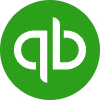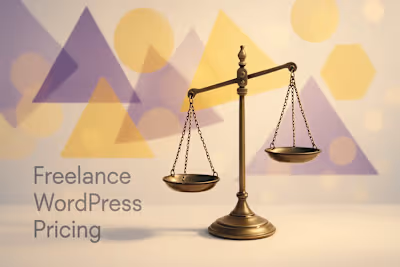Are You Undercharging? 7 Signs It's Time for a WordPress Freelance Rate Increase

Are You Undercharging? 7 Signs It's Time for a WordPress Freelance Rate Increase
Sign #1: Your Client Roster Is Constantly Full
Sign #2: You're Winning Almost Every Proposal
Sign #3: Your Skills and Expertise Have Grown Significantly
Sign #4: You're Getting Faster and More Efficient
Sign #5: Clients Are Focused on Cost, Not Value
Sign #6: You Feel Resentful About Your Work
Sign #7: You Haven't Raised Your Rates in Over a Year
The 'How-To': A Simple Plan for Raising Your Rates
For New Clients: Just Start Quoting Higher
For Existing Clients: Give Advance Notice and Justify the Change
References
Are You Undercharging? 7 Signs It's Time for a WordPress Freelance Rate Increase
Sign #1: Your Client Roster Is Constantly Full
Sign #2: You're Winning Almost Every Proposal
Sign #3: Your Skills and Expertise Have Grown Significantly
Sign #4: You're Getting Faster and More Efficient
Sign #5: Clients Are Focused on Cost, Not Value
Sign #6: You Feel Resentful About Your Work
Sign #7: You Haven't Raised Your Rates in Over a Year
The 'How-To': A Simple Plan for Raising Your Rates
For New Clients: Just Start Quoting Higher
For Existing Clients: Give Advance Notice and Justify the Change
References
Posted Jul 6, 2025
Don't leave money on the table. Discover the key indicators that you're underselling your WordPress expertise and learn how to strategically raise your rates.










